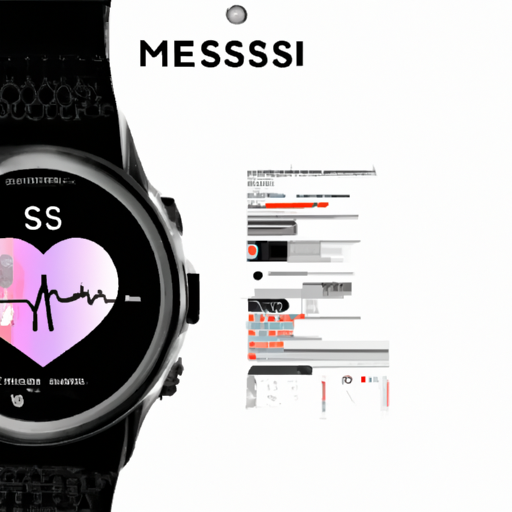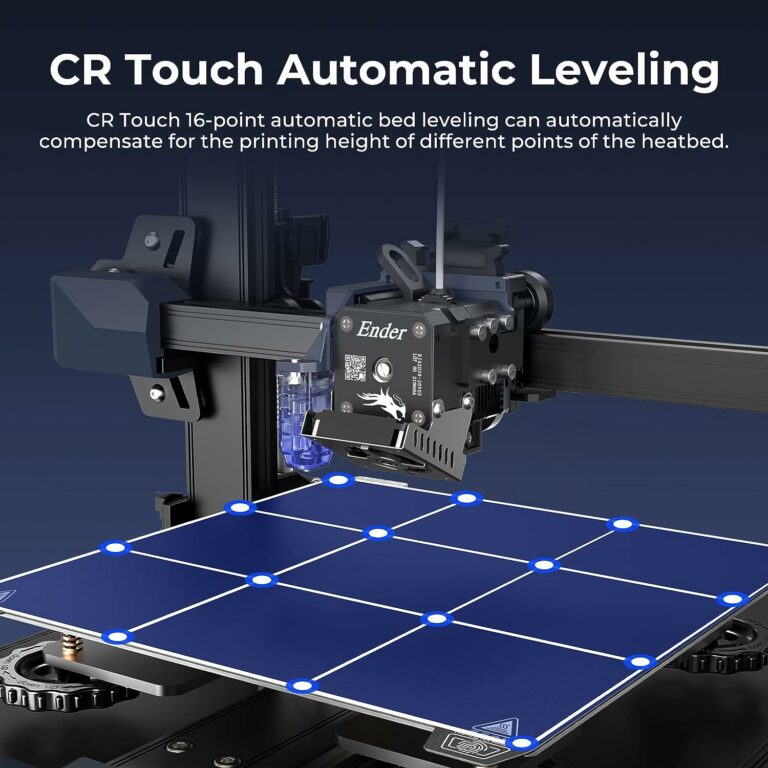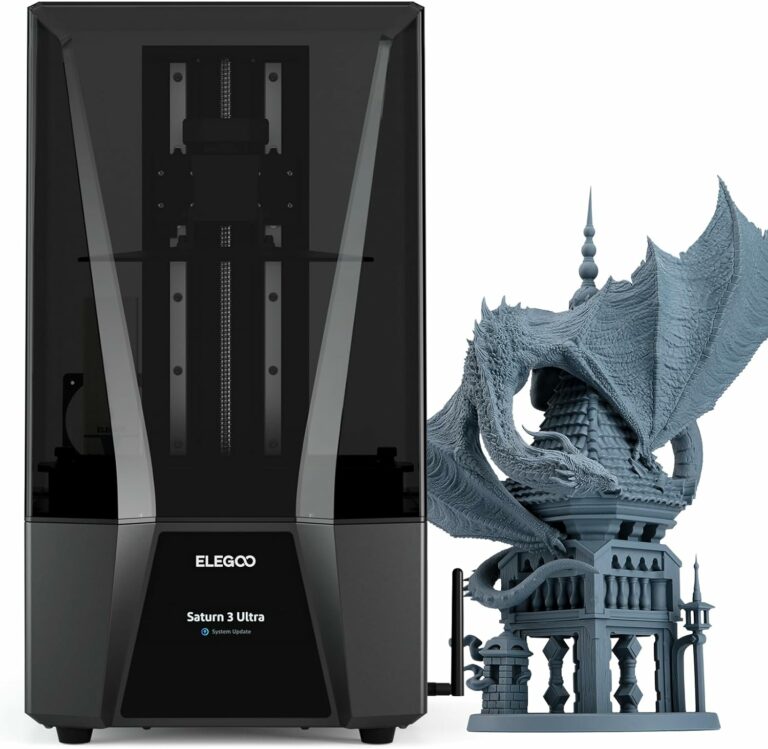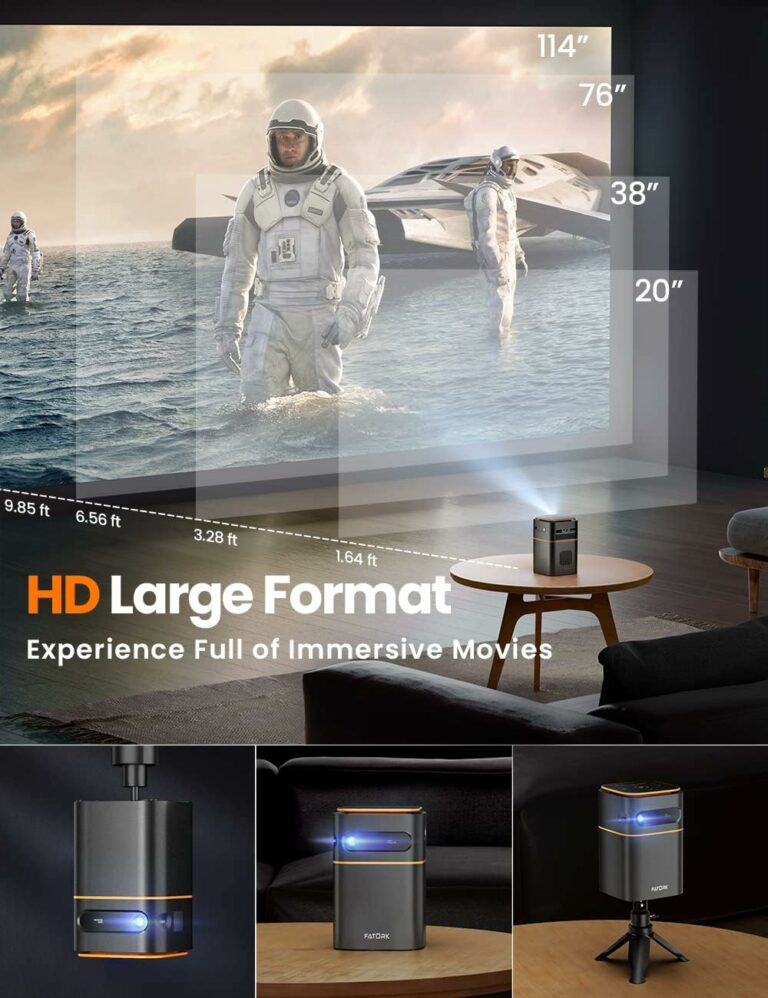Imagine a world where healthcare is not just confined to hospitals and clinics, but is available at your fingertips. This is the reality being brought to life by medical wearables, a revolutionary technology that is transforming the way we monitor, diagnose, and treat our health. From smartwatches that track your heart rate to devices that analyze your sleep patterns, this article takes a closer look at the game-changing potential of medical wearables in revolutionizing healthcare. Get ready to discover how these wearable devices are empowering individuals to take charge of their own well-being and ushering in a new era of personalized medicine.
1. Introduction
Welcome to this comprehensive article on medical wearables! In recent years, medical wearables have revolutionized the healthcare industry, offering groundbreaking advancements that have changed the way we approach patient care. From remote monitoring to personalized treatment, these wearable devices have paved the way for a new era in healthcare. In this article, we will explore the definition of medical wearables, their evolution, benefits, examples, challenges, future trends, impact on the healthcare industry, and the ethical considerations surrounding their use. So get ready to dive into the world of medical wearables and discover how they are shaping the future of healthcare.
2. Definition of Medical Wearables
Medical wearables, also known as healthcare wearables or medical devices, are wearable electronic devices that are designed to monitor and track various health parameters of individuals. These devices are typically worn on the body, often in the form of wristbands, patches, or clothing, and can collect data such as heart rate, blood pressure, temperature, activity levels, and sleep patterns. Medical wearables utilize sensors, wireless technology, and data analytics to provide real-time monitoring and insights into an individual’s health status.
3. The Evolution of Medical Wearables
3.1 Early Wearable Devices in Healthcare
The concept of medical wearables can be traced back to the early 2000s when the first generation of wearable devices emerged in the healthcare industry. These devices were primarily focused on monitoring vital signs, such as heart rate and body temperature, and were mainly used in clinical settings. They were bulky and limited in functionality, making them impractical for everyday use.
3.2 Advancements in Technology
Advancements in technology, particularly in miniaturization and sensor capabilities, have propelled the evolution of medical wearables. With the advent of smaller, more powerful sensors, wearable devices have become more compact, lightweight, and comfortable to wear. The integration of wireless connectivity, such as Bluetooth and Wi-Fi, has allowed for seamless data transfer and remote monitoring capabilities.
3.3 Current State of Medical Wearables
Today, medical wearables have become increasingly sophisticated, offering a wide range of features and functionalities. They have expanded beyond mere monitoring devices and now include features such as GPS tracking, activity tracking, medication reminders, and even electrocardiogram (ECG) monitoring. The current state of medical wearables encompasses a diverse range of devices that cater to various healthcare needs, including chronic disease management, fitness tracking, and mental health monitoring.
4. Benefits of Medical Wearables
4.1 Remote Patient Monitoring
One of the significant benefits of medical wearables is the ability to remotely monitor patients’ health conditions. By continuously collecting data on vital signs and other health parameters, healthcare professionals can track patients’ progress, identify potential issues early on, and intervene promptly when necessary. This remote monitoring capability enables more proactive and personalized care, reducing the need for frequent hospital visits and allowing patients to receive care in the comfort of their homes.
4.2 Early Disease Detection
Another crucial benefit of medical wearables is their potential for early disease detection. By continuously monitoring and analyzing health data, these devices can detect subtle changes in an individual’s health status that may indicate the presence of a developing health condition. Early detection allows for prompt intervention and treatment, leading to better patient outcomes and potentially saving lives.
4.3 Personalized Treatment
Medical wearables provide valuable insights into an individual’s health and lifestyle patterns, allowing for personalized treatment plans. By leveraging data collected from wearables, healthcare professionals can tailor treatment regimens to each patient’s specific needs, optimizing the effectiveness of therapies and improving patient outcomes. This personalized approach to treatment has the potential to revolutionize healthcare by shifting from a one-size-fits-all approach to a more targeted and individualized approach.
4.4 Improved Patient Engagement
Medical wearables empower patients to take charge of their own health by providing them with real-time data and insights. By actively involving patients in their healthcare journey, these devices promote self-monitoring and self-management of health conditions. Patients can set goals, track their progress, and make informed decisions about their lifestyle choices based on the data provided by wearables. This increased patient engagement leads to better adherence to treatment plans, improved health outcomes, and a more active role in their own care.
5. Examples of Medical Wearables
5.1 Smartwatches and Fitness Trackers
Smartwatches and fitness trackers have gained significant popularity in recent years. These devices not only track fitness-related data such as steps taken, calories burned, and sleep duration but also offer additional health monitoring features. Many smartwatches now come equipped with heart rate monitors, ECG capabilities, and even blood oxygen level monitoring. These devices provide a holistic view of an individual’s health and well-being, making them a popular choice for both fitness enthusiasts and individuals looking to monitor their health.
5.2 Continuous Glucose Monitoring Systems
Continuous glucose monitoring systems are a game-changer for individuals with diabetes. These wearable devices measure glucose levels in real-time, eliminating the need for frequent finger pricks. By providing continuous data on glucose trends, these systems allow individuals with diabetes to make informed decisions about their insulin dosing, diet, and exercise, leading to better glucose control and improved quality of life.
5.3 Smart Pills
Smart pills, also known as ingestible sensors, are an innovative form of medical wearables that are revolutionizing medication adherence and treatment monitoring. These pills contain tiny sensors that, when ingested, can transmit data to external devices, providing information on medication intake, adherence, and effectiveness. Smart pills have the potential to transform medication management, particularly for individuals with chronic conditions or those taking multiple medications.
5.4 ECG and Heart Rate Monitors
ECG and heart rate monitors are widely used medical wearables that provide valuable insights into cardiac health. These devices can detect irregular heart rhythms, identify potential heart conditions, and monitor heart rate variability. ECG and heart rate monitors are particularly beneficial for individuals with a history of cardiac issues or those at risk of cardiovascular diseases.
5.5 Sleep Trackers
Sleep trackers are wearable devices that monitor sleep patterns and provide insights into the quality and duration of sleep. By analyzing data on sleep stages, movement, and breathing patterns, these devices help individuals identify sleep disturbances, such as insomnia or sleep apnea. Sleep trackers can be particularly useful for individuals looking to improve their sleep hygiene and overall well-being.
6. Challenges and Limitations
While medical wearables offer tremendous benefits, they also come with their fair share of challenges and limitations. It is essential to be aware of these factors to ensure the responsible and ethical use of these devices in healthcare settings.
6.1 Accuracy and Reliability
One of the primary challenges of medical wearables is ensuring their accuracy and reliability. As these devices rely on sensors and algorithms to collect and interpret data, there is a risk of inaccurate readings or false alarms. Calibration and regular maintenance of wearables are crucial to ensure the accuracy of the data they provide. Furthermore, the reliability of data transmission and secure storage of data are essential considerations to maintain the integrity of the information collected.
6.2 Privacy and Security Concerns
The data collected by medical wearables is highly personal and sensitive. Therefore, ensuring privacy and security of this data is of utmost importance. Healthcare organizations and wearable manufacturers must implement robust security measures to protect patient data from unauthorized access, breaches, and misuse. Strong encryption, secure data storage, and strict access controls are necessary to maintain patient trust and comply with data protection guidelines.
6.3 Regulatory and Compliance Issues
The use of medical wearables in healthcare settings raises regulatory and compliance concerns. These devices must undergo rigorous testing, validation, and certification processes to ensure their safety, efficacy, and adherence to regulatory standards. Additionally, the use of wearables introduces new challenges in terms of data handling, consent management, and compliance with healthcare regulations, such as the Health Insurance Portability and Accountability Act (HIPAA).
6.4 User Adoption and Acceptance
For medical wearables to be truly effective, user adoption and acceptance are critical factors. Some individuals may be hesitant to embrace wearable technology due to concerns about privacy, comfort, or usability. Healthcare professionals need to address these concerns and educate patients about the benefits and proper use of wearables. User-friendly interfaces, clear instructions, and ongoing support are essential to encourage adoption and ensure that these devices are integrated seamlessly into healthcare workflows.
7. Future Trends in Medical Wearables
As technology continues to advance at an exponential rate, several exciting trends are shaping the future of medical wearables. These trends hold immense potential to further enhance patient care and transform the healthcare landscape.
7.1 Integration with Artificial Intelligence
The integration of medical wearables with artificial intelligence (AI) capabilities is an emerging trend that holds great promise. AI-powered algorithms can analyze vast amounts of wearable data, detect patterns, and provide actionable insights in real-time. By leveraging machine learning and predictive analytics, medical wearables coupled with AI can facilitate more accurate disease diagnosis, personalized treatment recommendations, and early intervention.
7.2 Advanced Sensor Technologies
Advancements in sensor technologies, such as biosensors and nanosensors, are driving the development of innovative medical wearables. These sensors can detect even the most subtle changes in biological markers, making them ideal for early disease detection and monitoring. Additionally, sensor technologies are becoming more flexible and stretchable, allowing for the development of wearable devices that conform to the body’s contours and provide a more comfortable user experience.
7.3 Telemedicine and Remote Healthcare
Telemedicine, which refers to the remote delivery of healthcare services using technology, is on the rise, and medical wearables play a crucial role in facilitating remote healthcare. By allowing for remote monitoring, virtual consultations, and telehealth interventions, medical wearables enable individuals to receive high-quality care regardless of their geographical location. This trend has become increasingly relevant, particularly in the wake of the COVID-19 pandemic, where the demand for telemedicine solutions has skyrocketed.
7.4 Miniaturization and Wearability
The miniaturization of wearable devices is an ongoing trend that aims to make medical wearables more discreet and comfortable. As technology advances, wearables are becoming smaller, lighter, and more fashionable, enabling individuals to incorporate them seamlessly into their daily lives. The focus on wearability ensures that users can wear these devices comfortably for extended periods, thereby promoting long-term adoption and compliance.
8. Impact on the Healthcare Industry
Medical wearables have a profound impact on the healthcare industry, transforming the way healthcare is delivered, experienced, and perceived.
8.1 Transforming Healthcare Delivery
Medical wearables enable healthcare professionals to move away from traditional episodic care towards continuous and proactive healthcare delivery. With real-time data at their fingertips, healthcare providers can monitor patients remotely, intervene when necessary, and prevent adverse events. This shift towards remote monitoring and virtual care models has the potential to alleviate the strain on healthcare systems, improve access to care, and enhance patient outcomes.
8.2 Cost Savings and Efficiency
By facilitating remote monitoring and early intervention, medical wearables can potentially reduce the burden on healthcare resources and improve cost efficiency. By identifying health issues early on, wearable devices can prevent unnecessary hospitalizations, emergency room visits, and costly interventions. Furthermore, the shift towards remote care models can lead to significant cost savings by reducing the need for physical infrastructure and minimizing travel time and associated expenses for patients.
8.3 Empowering Patients
Medical wearables empower patients by providing them with real-time data and insights into their health. This increased access to information enables patients to actively participate in their healthcare decision-making and improve self-management. By fostering a sense of ownership and responsibility, medical wearables promote patient engagement and autonomy, leading to improved health outcomes and higher satisfaction levels.
8.4 Opportunities for Research and Innovation
The widespread adoption of medical wearables creates vast opportunities for research and innovation. The wealth of data collected by these devices can be leveraged for research purposes, providing valuable insights into disease patterns, treatment response, and preventive strategies. Wearables also serve as a platform for the development of new healthcare technologies and interventions, driving innovation in the field and pushing the boundaries of what is possible in healthcare.
9. Ethical Considerations
As with any technology, the use of medical wearables raises several ethical considerations that must be addressed to ensure responsible and equitable implementation.
9.1 Data Protection and Privacy
The sensitive nature of health data collected by medical wearables calls for robust data protection and privacy measures. Healthcare organizations and wearable manufacturers must adhere to strict data protection guidelines, including strong encryption, secure data storage, and clear consent management processes. Transparent and informed consent is essential to ensure that individuals understand how their data will be used and shared.
9.2 Informed Consent and Data Ownership
As medical wearables collect vast amounts of personal data, it is crucial to establish clear guidelines regarding data ownership and informed consent. Individuals should have control over their data and be educated about how their data is being used for research, commercial purposes, or shared with third parties. Transparent policies and mechanisms for obtaining informed consent are necessary to respect individual autonomy and protect their privacy rights.
9.3 Equity and Accessibility
Equity and accessibility are critical ethical considerations when it comes to medical wearables. Ensuring equal access to wearable technology and associated healthcare services is essential to avoid exacerbating existing healthcare disparities. Additionally, wearable devices must be designed with inclusivity in mind, considering the diverse needs of individuals with disabilities or special healthcare needs.
10. Conclusion
Medical wearables have undoubtedly revolutionized the healthcare industry, offering a myriad of benefits and transforming the way we approach patient care. From remote patient monitoring to early disease detection and personalized treatment, these devices have the potential to improve patient outcomes, enhance patient engagement, and drive efficiency in healthcare delivery. While challenges and ethical considerations exist, the future of medical wearables looks incredibly promising. As technology continues to advance, we can expect to see even more innovative developments that empower individuals, healthcare professionals, and researchers alike. So embrace the power of medical wearables and get ready to embark on a new era of healthcare!



